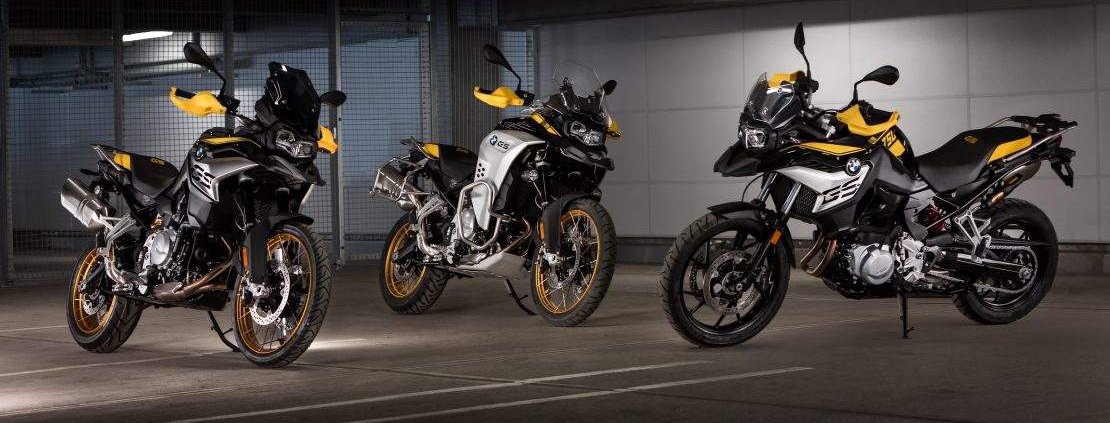Gel Cell Motorcycle Batteries: Are They Still a Good Choice in 2025?
Introduction
Motorcycle batteries are the heart of every ride, powering the ignition, lights, and electronics that keep your bike running smoothly. Over the years, several battery technologies have emerged, including flooded lead-acid, AGM, gel, and lithium batteries. Among these, gel cell motorcycle batteries have gained attention for their maintenance-free design and durability.
However, with the rise of lithium technology and improved AGM batteries, many riders wonder whether gel cells are still worth choosing in 2025. This article explores the pros and cons of gel batteries, compares them to AGM and lithium options, and helps you decide whether they are the right fit for your motorcycle.
What Is a Gel Cell Motorcycle Battery?
A gel cell motorcycle battery is a type of sealed lead-acid battery where the electrolyte is immobilized in a silica-based gel. This design differs from traditional flooded lead-acid batteries, which use liquid electrolyte that can spill or evaporate over time.
Key characteristics of gel batteries:
- Sealed design: Prevents leaks and reduces gas emissions.
- Maintenance-free: No need to check or refill water.
- Vibration resistance: More tolerant to bumps and rough roads, making them suitable for motorcycles that experience constant movement.
While gel batteries offer these advantages, they remain part of the lead-acid family and share some inherent limitations, particularly when compared to modern lithium batteries.
Advantages of Gel Cell Motorcycle Batteries
- Maintenance-Free Operation
Gel batteries do not require watering, which makes them ideal for riders who want a hassle-free experience. - Spill-Proof and Safer
The immobilized gel prevents acid leaks, reducing the risk of corrosion or injury. This makes gel batteries safer than traditional flooded lead-acid batteries, especially for indoor storage. - Vibration Resistance
Motorcycles often experience significant vibration. Gel cells are more robust under such conditions, reducing the risk of internal damage. - Longer Lifespan Than Flooded Batteries
When properly maintained and charged, gel batteries generally last longer than conventional flooded lead-acid batteries.
Limitations of Gel Cell Motorcycle Batteries
- Lower Cold Cranking Amps (CCA)
Gel batteries generally provide lower starting power compared to AGM or lithium batteries, which may affect performance in cold weather. - Strict Charging Requirements
Gel cells are sensitive to voltage and require a charger specifically designed for gel batteries. Overcharging can permanently damage them. - Higher Cost vs. Flooded, Shorter Lifespan vs. Lithium
Gel batteries cost more than flooded lead-acid batteries but do not match the cycle life of lithium batteries, which can last 4–6 times longer. - Not Ideal for High-Performance Motorcycles
Riders with high-powered bikes or frequent long-distance travel may find gel batteries insufficient for their energy demands.
Gel vs AGM vs Lithium Motorcycle Batteries
When evaluating which battery to choose, it’s helpful to compare gel cells with other common options.
Gel vs AGM
- AGM (Absorbent Glass Mat) batteries have higher cold cranking amps, providing stronger starting power.
- Gel batteries offer better vibration tolerance and are slightly more forgiving under deep discharge conditions.
- For most modern motorcycles, AGM is the preferred choice for general use, while gel may suit specialized needs.
Gel vs Lithium
- Lithium batteries are lightweight, charge faster, and have significantly longer lifespans.
- They provide higher energy density, reducing overall weight on the motorcycle.
- While gel batteries may be cheaper upfront, lithium batteries save money in the long term due to fewer replacements and lower maintenance requirements.
👉 If you want a deeper comparison across all motorcycle battery types, check out our detailed guide on the best rated motorcycle batteries.
Best Use Cases for Gel Cell Motorcycle Batteries
Gel batteries are not obsolete—they are still ideal in certain scenarios:
- Casual or Seasonal Riders: Motorcycles used only occasionally benefit from the maintenance-free design.
- Safety-Conscious Riders: Gel batteries are safer in terms of spills and leaks, ideal for indoor or garage storage.
- Budget-Limited Users: If lithium is too expensive and AGM is overkill, gel provides a middle-ground solution.
However, for riders who demand high performance, frequent long rides, or heavy-duty usage, AGM or lithium batteries are generally better options.
Industry Trend Toward Lithium
The motorcycle battery market is increasingly shifting toward lithium technology. Reasons include:
- Longer Lifespan: Lithium batteries often last 4–6 times longer than gel or AGM cells.
- Faster Charging: Reduced downtime with rapid recharge capabilities.
- Lightweight Performance: Lithium batteries weigh roughly half as much as lead-acid alternatives, improving handling and efficiency.
- Lower Long-Term Costs: Less frequent replacements and reduced maintenance make lithium more economical over time.
👉 For riders seeking a modern solution with long lifespan and minimal maintenance, upgrading to a lithium motorcycle battery is becoming the preferred choice.
Replacement & Maintenance Considerations
- Signs of Aging Gel Batteries: Difficulty starting, low voltage, or visible swelling.
- Charging Tips: Always use a gel-compatible charger; avoid overcharging.
- Upgrading Considerations: Ensure physical dimensions and terminal types match when switching to AGM or lithium batteries.
👉 For step-by-step replacement advice, see our complete Motorcycle Battery Replacement Guide: When, How, and What to Choose.
Conclusion
Gel cell motorcycle batteries remain a viable option for casual riders who prioritize maintenance-free operation and safety. However, with advancements in AGM and lithium technologies, their advantages are becoming less compelling for high-performance or frequent-use motorcycles.
For riders who value long-term performance, faster charging, and lighter weight, lithium batteries are increasingly the superior choice. Gel batteries still serve a niche market, but the trend clearly points toward lithium as the future of motorcycle power.


